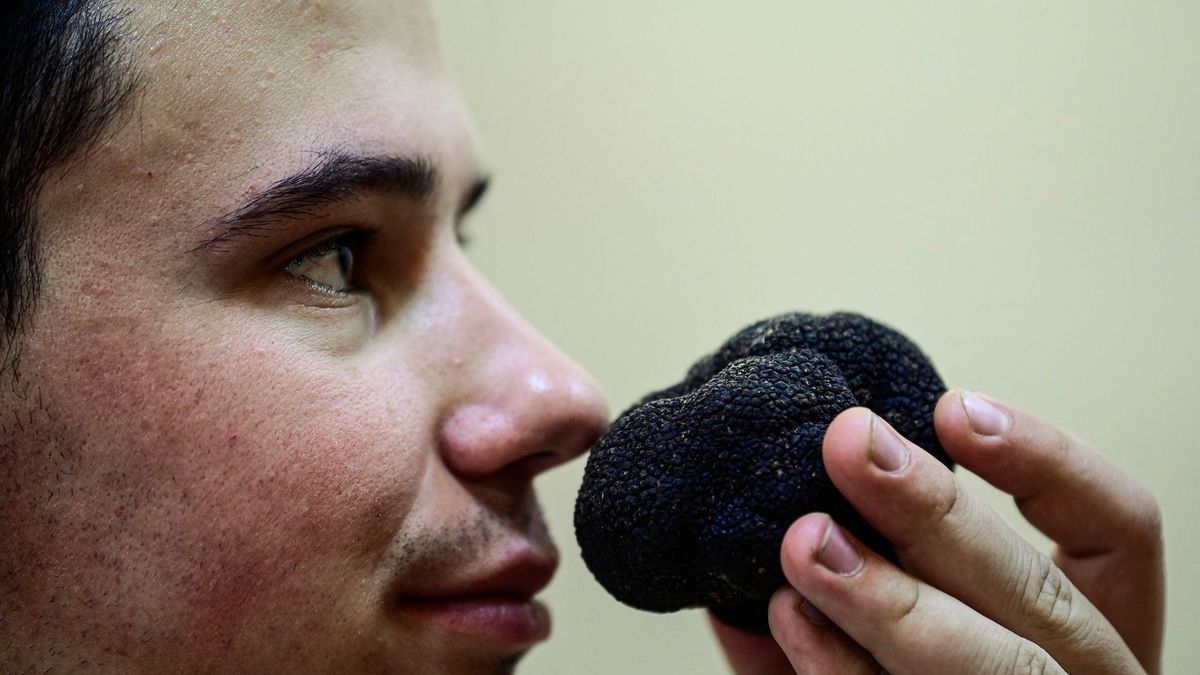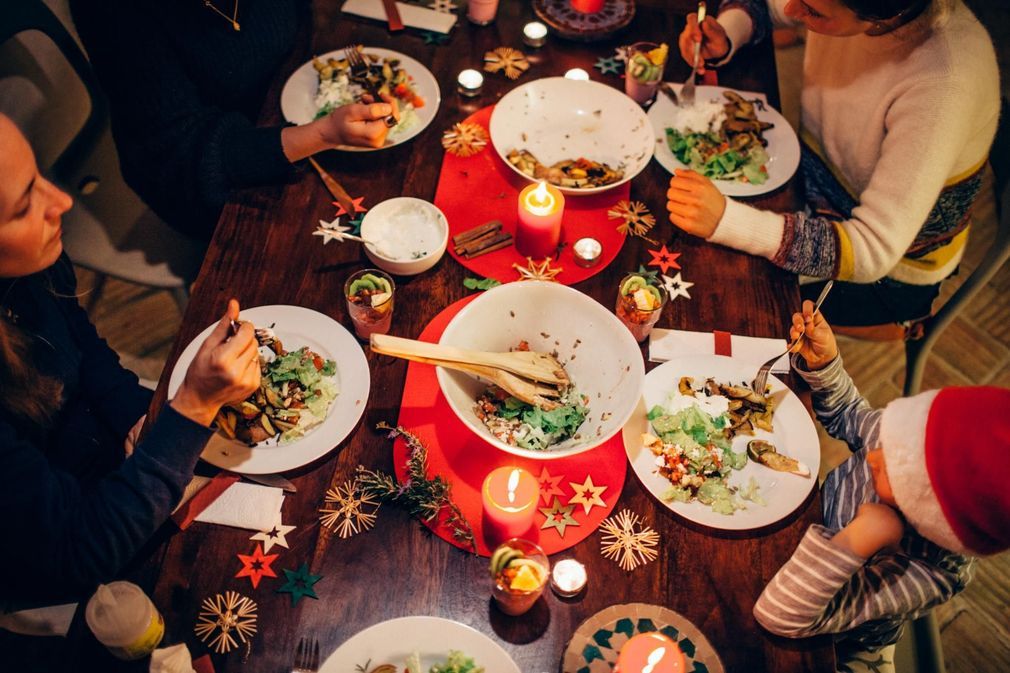
When José Soriano was a child, the Sarrión hills in eastern Spain were largely abandoned, covered in brush and stones. Today, they are home to immense holm oak plantations, where providential quantities of black truffles grow.
“Here, everything revolves around truffles (…), it’s not just a culture, it’s a way of life“, laughs this 38-year-old truffle grower, owner of 30 hectares of land on the heights of this small village, lost between Valencia and Zaragoza.
A few years ago, this father with an athletic build gave up his job as a forestry agent in order to take care full-time of truffle trees planted 20 years earlier by his father-in-law in this town of 1,200 inhabitants. A choice of the heart as much as of reason.
“It was complicated to manage both activities at the same time“, explains the thirty-year-old, stroking with his fingertips his dog Pista, a four-year-old female pointer, trained to hunt down these highly coveted mushrooms. “In the end”, truffles “bring in more”, he adds.
In front of him, his dog suddenly stops at the foot of a tree with yellowing leaves. Using a knife, José Soriano comes to help him dig up a truffle five centimeters in diameter. “Sometimes we find bigger ones“, up to “half a kilo”, he assures.
Leading world producer
In the wake of Sarrión, the production of “tuber melanosporum” (scientific name for the black truffle) has exploded in recent years in Spain, now the world’s leading producer of this mushroom, the price of which can reach 1,500 euros per kilo. A boon for farmers who have embarked on the adventure.
“Here, the land is poor, there is not much that grows“, explains Daniel Brito, president of the Association of Truffle Growers of the Province of Teruel (Atruter), of which Sarrión is a member. “But paradoxically, this type of terrain“limestone and stony” pleases the truffle,” he adds.
According to professionals in the sector, 120 tonnes of black truffles were produced last year in the country, four times more than in Italy (30 tonnes) and three times more than in Europe (40 tonnes) – now supplanted as global epicenter of the “black diamond”.
Of these 120 tonnes, 80% were in the Sarrión region, the largest truffle plantation in the world with 8,000 hectares of plantations. This village, which organizes every year an international fair dedicated to this luxury mushroom, “now exports worldwide“, insists Daniel Brito.
At the origin of this success: the use of large irrigated plots, but also “mycorrhization”, a process consisting of grafting the mycelium of the truffle into the roots of the shrubs before planting them in the ground. “This allows the fungus to spread in the soil” and to have “a greater production“, he explains.
“Life buoy”
For the villages of the region, faced like many municipalities in inland Spain with a problem of rural exodus, this truffle growing boom is a miracle. “For those who wish to stay and live here, it is a lifeline“, confides the maire of Sarrión, Estefanía Doñate.
Before the truffle boom in the 2000s, the village was losing residents due to a lack of jobs and prospects for the younger generations. Today, he’s winning again – to the delight of the village school, which has seen the number of children enrolled skyrocket recently.
“Here, there is very little unemployment… It is rather housing that is lacking“, explains the 32-year-old councilor, who has many businesses in his town, but also a “municipal nursery” and a “medical center”. “The truffle brings life. (…) We even attract a few tourists,” she smiles.
Enough to see the future with optimism, even if this success remains fragile. Truffle farming “requires a lot of work and investment“, because truffle trees only produce after around ten years, and the truffle remains “unpredictable”, like “all mushrooms”, underlines Daniel Brito.
Caution reinforced by global warming, which could change the situation. For the moment, “we manage to stabilize production thanks to irrigation“, but the lack of rain and the rise in temperatures are “worrying”, because the truffle “likes the cold”, he recalls.

